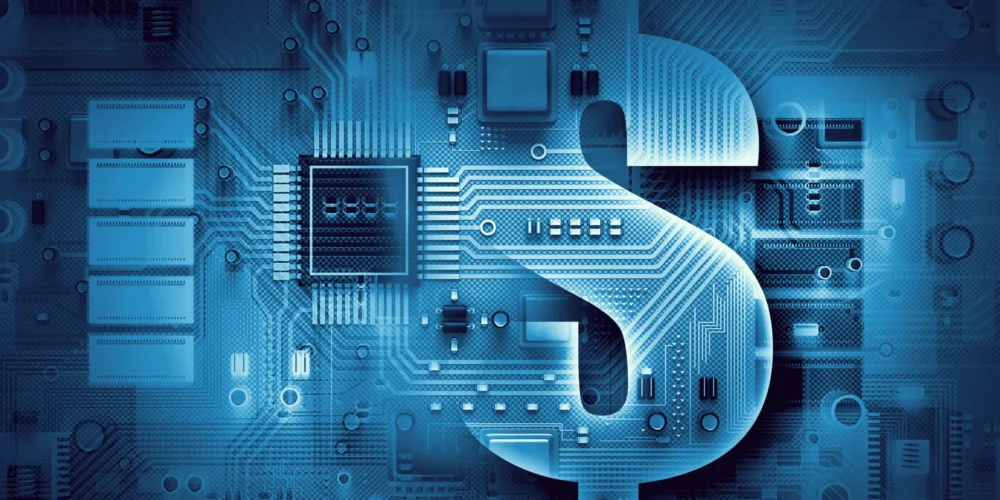In a significant move reflecting global financial trends, the Reserve Bank of India (RBI) has vigorously promoted Central Bank Digital Currencies (CBDCs) as a far superior option to stablecoins. With a focus on sovereign backing and stringent regulatory measures, the RBI is advancing India’s own Digital Rupee to enhance the financial landscape and modernize payment systems, marking a pivotal moment in the nation’s digital finance journey.
The Nuances of CBDCs vs. Stablecoins
Central Bank Digital Currencies (CBDCs) represent a new paradigm in currency innovation; they are government-sanctioned digital versions of fiat currencies that promise a stable, regulated medium of exchange. Unlike stablecoins, which are digital coins pegged to real-world assets like the US dollar and operate outside central bank control, CBDCs are issued and overseen by central banks, ensuring legal tender status and offering a safety net to users.
The volatility associated with cryptocurrencies has raised concerns over their viability as everyday transactional tools. For example, while Bitcoin fluctuates wildly, CBDCs are designed to maintain price stability, providing users with confidence akin to traditional cash. This inherent stability is exactly what RBI Governor Shaktikanta Das highlighted when addressing the risks posed by less regulated digital assets like stablecoins.
A New Call to Action from the RBI
The RBI’s governor has urged other central banks to adopt and promote CBDCs over stablecoins, citing their numerous advantages including integration into national monetary policies and improved efficiency in cross-border payments. These appeals coincide with significant legislative activities worldwide, such as the US GENIUS Act and South Korea’s Digital Asset Basic Act, which aim to create secure frameworks for digital currencies.
“CBDCs provide a much-needed infusion of security and regulatory oversight into the digital currency landscape, making them the safer choice for both governments and consumers,” said Das during a recent address on financial reforms.
Progress on India’s Digital Rupee Initiative
Launched in December 2022, India’s CBDC—known as the Digital Rupee—is being trialed through comprehensive pilot projects targeting both retail and wholesale markets. The aim is not just to enhance transactional efficiency but to reshape the economic fabric of the nation. Initially introduced in four cities with select banking partners, the Digital Rupee has since expanded to include 13 banks across major urban centers, including Mumbai and New Delhi.
“The pilot will test the robustness of the entire process of digital rupee creation, distribution and retail usage in real-time,” the RBI announced, underlining its proactive approach to learning from the pilot’s implementation and adapting future trials based on early results. This forward-thinking strategy positions India not just as a participant in the global CBDC conversation, but as a leader in the digital finance evolution.
Enhanced Features and the Future Scope
The pilot program for the Digital Rupee facilitates a range of transactions, from person-to-person to merchant payments, allowing users to transact directly through digital wallets without needing conventional bank setups like in the UPI system. This is particularly significant for improving access for unbanked populations, aligning with the RBI’s commitment to financial inclusion.
As the RBI expands its pilot phase to an increasing number of banks and cities—including Ahmedabad, Chandigarh, and Shimla—it highlights the growing momentum towards adopting digital currency. For instance, a senior banker commented, “This consortium will help in the transfer and settlement in the wholesale segment and is part of the R&D in the fintech space,” indicating the cooperative effort among banks to enhance the efficiency of interbank transactions.
Why Born of Necessity: The Digital Currency Revolution
The transition towards CBDCs like India’s Digital Rupee comes at a crucial time when digital finance is becoming increasingly central to economic growth. As the world’s fastest-growing major economy, India’s embrace of CBDCs could significantly streamline payment processes, reduce transaction costs, and bolster economic productivity. With over 130 countries exploring CBDC frameworks, India’s proactive measures may set key precedents in global digital finance policy.
The implications of this digital transformation extend beyond just banking; they encompass potential benefits such as programmable smart contracts and improved oversight against illicit financial activities. The RBI’s commitment to implementing these systems could reshape not only India’s economy but also inspire other nations to follow suit, fostering a global shift towards secure and regulated digital currencies.
Looking Ahead: The Road to a Digital Future
The RBI’s push for the Digital Rupee signifies a major leap towards modernizing India’s financial infrastructure while aligning with international trends. As the pilots yield results and public adoption increases, the RBI envisions a future where the Digital Rupee not only coexists with traditional currencies but also enhances the overall integrity and efficiency of the financial landscape.
In a financial world fraught with uncertainty, the promise of CBDCs stands as a beacon of hope, paving the path toward a more secure and efficient economy. Stakeholders in the Indian financial sector and beyond will now watch closely as the Digital Rupee’s evolution unfolds, shaping the future of currency and commerce in India and possibly serving as a model for other nations exploring similar digital transformations.





